
|
|
|
21.2 DATA VALUES
������������21.2.1 Binary
������������Binary is best used in computers because signals are ON/OFF which is well suited to the two binary digits.
Converting between number systems can be done by looking at digit magnitude.

Conversion can also be done between systems by division.
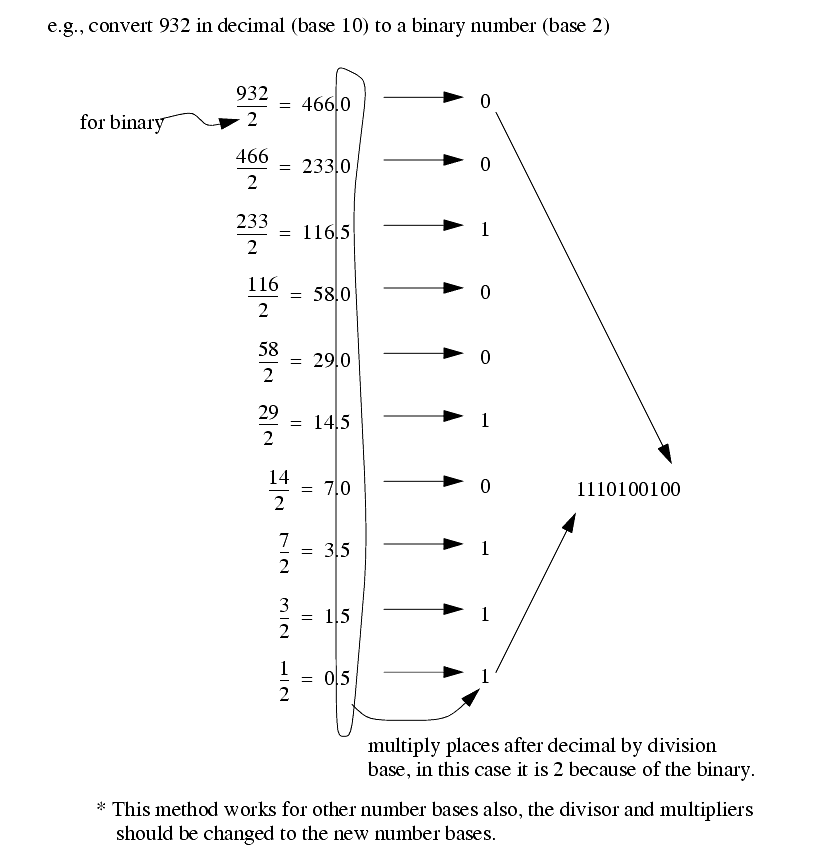
Convert the following numbers to/from binary
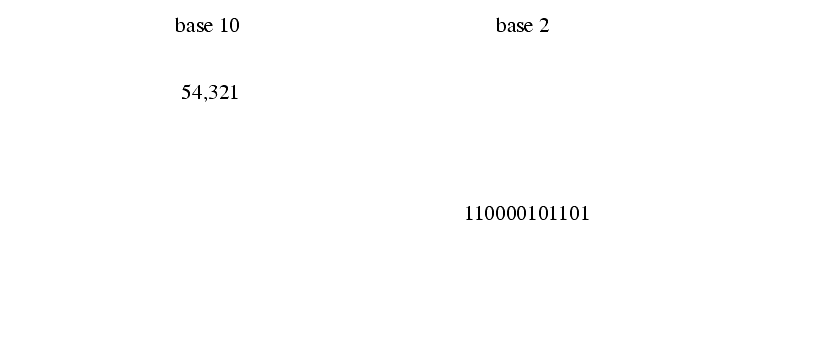
Binary bytes and words are shown below.

21.2.2 Boolean Operations
������������In most discrete systems the inputs and outputs (I/O) are either on or off. This is a binary state that will be represented with,
Because there are many inputs and outputs, these can be grouped (for convenience) into binary numbers.
Consider an application of binary numbers. There are three motors M1, M2 and M3
The most common Binary operations are,
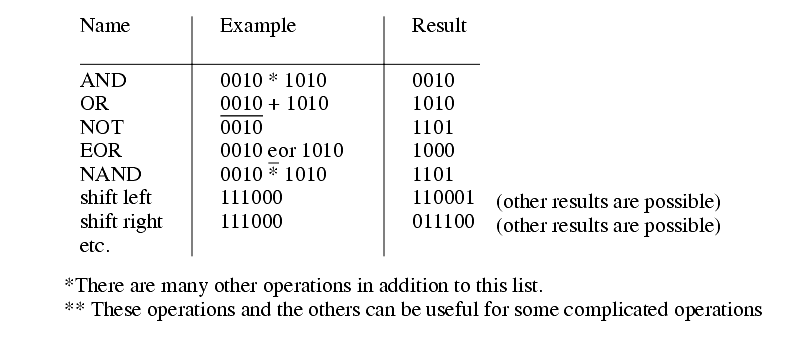
21.2.3 Binary Mathematics
������������These include standard logic forms such as,
Negative numbers are a particular problem with binary numbers. As a result there are two common numbering systems use,
- signed binary - the most significant bit (MSB) of the binary number is used to indicate positive/negative
- 2s compliment - negative numbers are represented by complimenting the binary number and then adding 1.
Signed binary numbers are easy to understand, but much harder to work with when doing calculations.
An example of 2s compliments are given below,
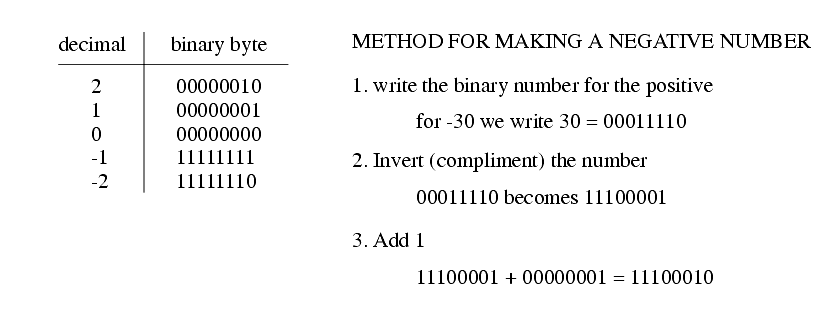
When adding 2s compliment numbers, additional operations are not needed to deal with negative numbers. Consider the examples below,
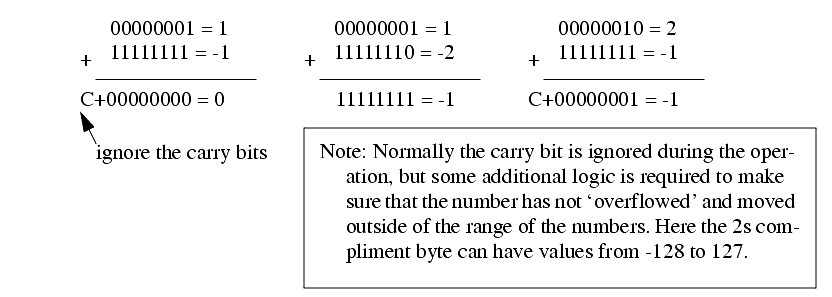
21.2.4 BCD (Binary Coded Decimal)
������������Each digit is encoded in 4 bits

This numbering system makes poor use of the digits, but is easier to convert to/from base 10 numbers. For the two bytes above the maximum numbers possible are from 0-9999 in BCD, but 0-64285 in binary.
Convert the BCD number below to a decimal number,

Convert the following binary number to a BCD number,

21.2.5 Number Conversions
������������Convert the following binary number to a Hexadecimal value,

Convert the following binary number to a octal,

21.2.6 ASCII (American Standard Code for Information Interchange)
������������While numbers are well suited binary, characters don't naturally correspond to numbers. To overcome this a standard set of characters and controls were assigned to numbers. As a result, the letter `A' is readily recognized by most computers world-wide when they see the number 65.
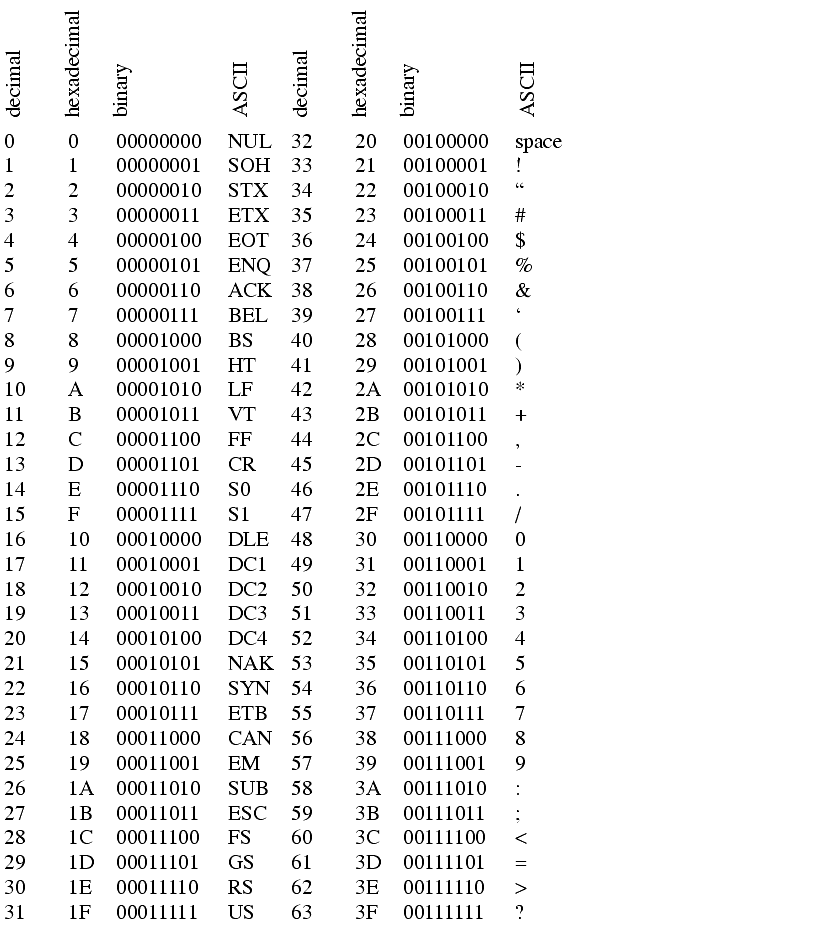
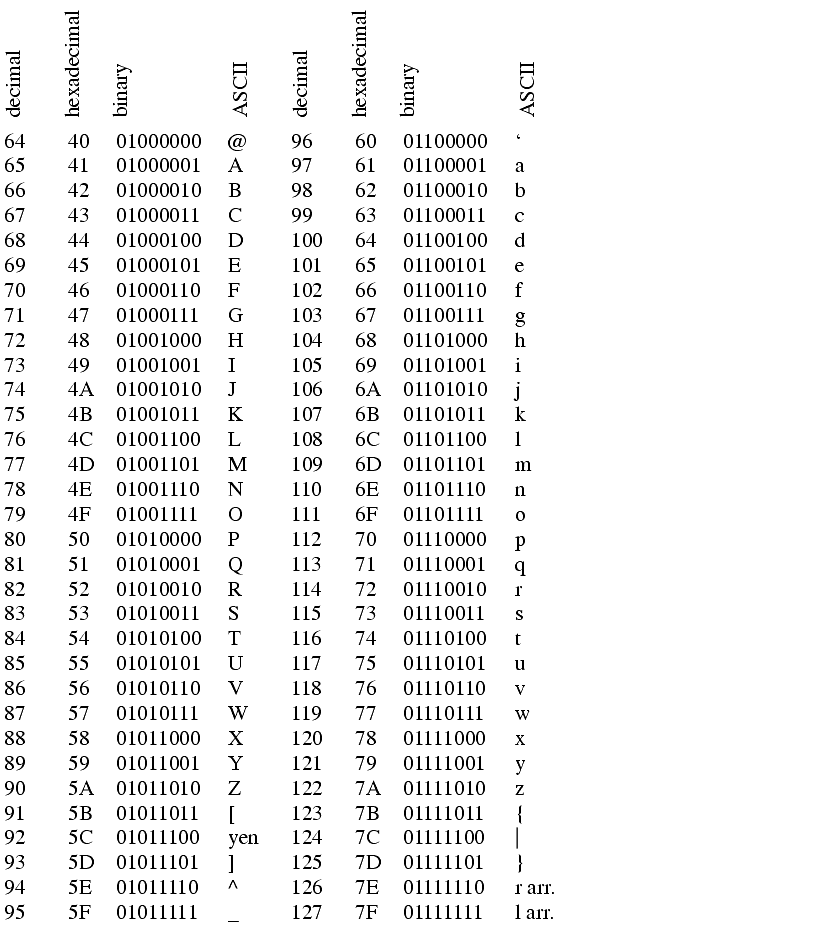

Search for More: |

Custom Search
|

|